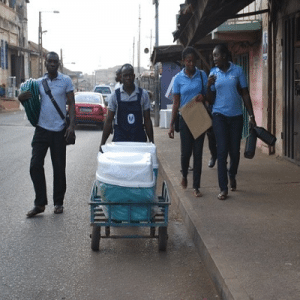
Agriculture
January 19, 2024
Clean Team Toilet and Clean Team Toilet Waste Management Service
Read SolutionImplemented by
Clean Team Ghana
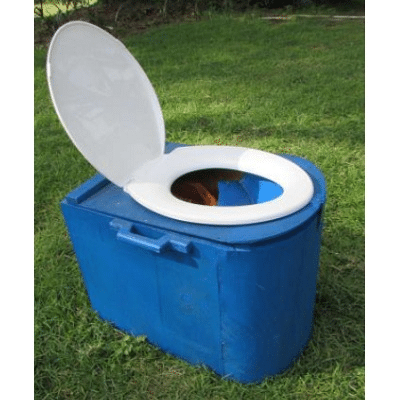
Updated on January 22, 2024
·Created on August 27, 2015
The Blue Box Toilet is a urine diverting, dry toilet and Sanivation's Container-Based Sanitation Waste Collection Service is a subscription-based waste management service.
The Sanivation Blue Box toilet is a urine diverting, dry toilet that can be manufactured locally at small scale. It is designed to appeal to users’ sense of style, cleanliness and modernity.
Dense urban areas lacking sewer service, especially communities and refugee camps in East Africa. Currently, Sanivation has operations in Naivasha subcounty, Nakuru County, Kenya and have also conducted a pilot in Kakuma refugee camp.Interview with representative
The Sanivation Container-Based Sanitation (CBS) Waste Collection Service is a subscription model sanitation solution that relies on compact, portable, urine-diverting toilet built around sealable, removable containers – the Blue Box. Sanivation has combined waste pick-up services with the transformation of waste to fuel briquette.
Target SDGs
SDG 6: Clean Water and Sanitation
Market Suggested Retail Price
$65.00
Target Users (Target Impact Group)
Household
Distributors / Implementing Organizations
Sanivation distributes the Blue Box toilets as part of their Container-Based Sanitation (CBS) Waste Collection Service.
Competitive Landscape
Direct competitors include Sanergy Fresh Life Toilet and Sanergy Fresh Life Waste Management Service.
Regions
East Africa
Countries
Kenya
Manufacturing/Building Method
Locally manufactured contracting a local carpenter.Interview with representative
Intellectural Property Type
Trade Secret
User Provision Model
The Blue Box can be purchased as part of the Sanivation Waste Management subscription service from Sanivation's marketing and sales agents, offices and distributing points.
Distributions to Date Status
As of December 2015, Sanivation had registered 300 people on its subscription service and had treated over two tons of human waste. By late-2016, the team expects to service 1,000 Kenyan homes and hopes to reach their business break-even point of 2,000 household subscribers and 150 tons of processed waste per month by early 2017.
Toilet type
Container-based service
Evacuation method
Dry
Storage conditions
Container storage
Capacity (L)
26 L feces container, 9 L urine container
Time until emptying
Twice weekly collection frequency
Design Specifications
The Blue Box toilet design includes a wooden base created to fit locally available containers for urine and fecal collection. The top is a hinged wooden top that allows access to replace waste containers. This top can be locked closed for safety. A plastic toilet seat is attached to the hinged lid. The urine diverter is created from shaped and cut sheet metal to fit required sizes for comfortable and effective use.
Sanivation operators install the toilet in the customer’s household. Customers receive training on how to use the toilet.
Twice a week a Sanivation toilet service representative services every customer toilet in their respective households. In servicing the toilet, service representatives place a lid on both the urine and feces containers. These are removed through the hinged lid of the toilet. New empty, clean containers are replaced in the toilet. Feces containers are lined with plastic bags.Sanivation’s community health promoters speaks with the families about how the week went and checks the toilets to make sure they were used properly. By developing a personal relationship with each household, Sanivation can ensure that our customers are always satisfied. In addition, during installation Sanivation gives each household a contact card for additional questions or concerns.Interview with representative
Collected waste is transported to Sanivation's work site where the feces is transferred into re-purposed metal paint drums, which are attached to large parabolic mirrors that act as solar energy concentrators. Concentrators heat the feces to a high enough temperature to inactivate pathogens and transform it into a sticky substance that can be used as a binding agent for a non-wood-based charcoal briquette.
Technical Support
Sanivation operators install the toilet in the customer’s household. Technical support is provided by the collection service providers.
Replacement Components
Replacement components are provided as part of the service contract.
Lifecycle
Service providers recover any toilets that are defective or at end-of-life and recycle and dispose of them appropriately.
Manufacturer Specified Performance Parameters
Blue Box toilet capacity - Feces: 26L Urine: 9L. Sanivation has published data regarding the performance of their fuel briquettes in comparison to traditional charcoal.
Regarding the Sanivation toilet service 100% of excreta safely removed on a weekly basis.
Vetted Performance Status
Unknown
Safety
Safe handling of waste material requires protective clothing.
Complementary Technical Systems
A desiccant cover material (such as ash) to place over fresh feces after every use.
Academic Research and References
The initial performance of the entire service model built around this toilet is available via:
Tilmans, S. et al., 2015, Container-based sanitation: assessing costs and effectiveness of excreta management in Cap Haitien, Haiti. Environment and Urbanization 27(1): 89-104
Sanivation, 2019, Sanivation Container-Based Sanitation (CBS) Waste Collection Service.
Compliance with regulations
Unknown
Evaluation methods
Field trials
Other Information

Agriculture
January 19, 2024
Implemented by
Clean Team Ghana
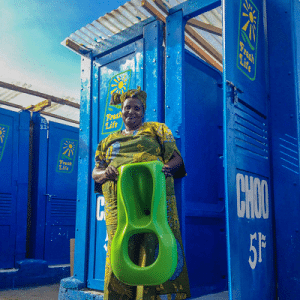
Agriculture
August 17, 2024
Implemented by
Sanergy
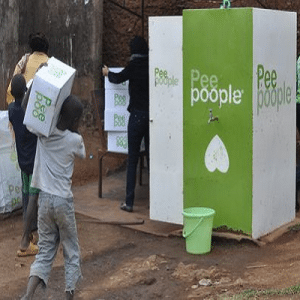
Agriculture
August 17, 2024
Implemented by
Peepoople Kenya
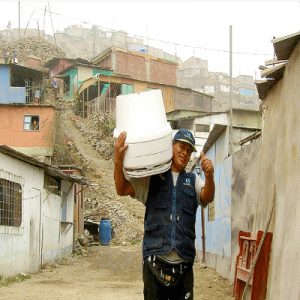
Agriculture
January 17, 2024
Implemented by
Sanima
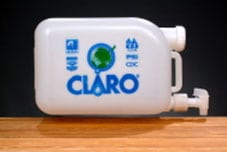
Agriculture
January 10, 2024
Implemented by
CDC Safe Water System Program
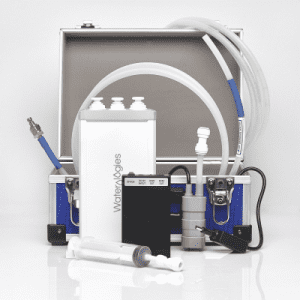
Agriculture
January 25, 2024
Implemented by
Waterologies
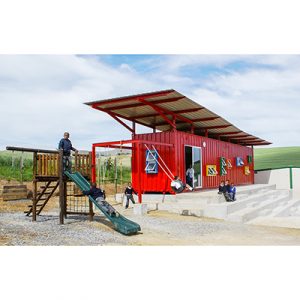
Agriculture
March 11, 2024
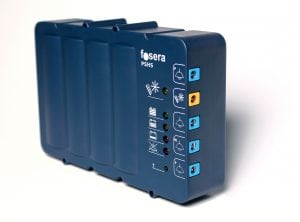
Agriculture
December 7, 2024
Implemented by
Fosera
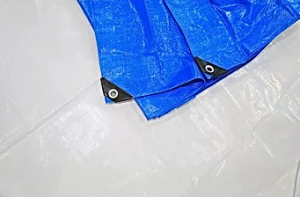
Agriculture
June 7, 2021

Agriculture
June 19, 2024
Implemented by
Internet-in-a-box
Have thoughts on how we can improve?
Give Us Feedback